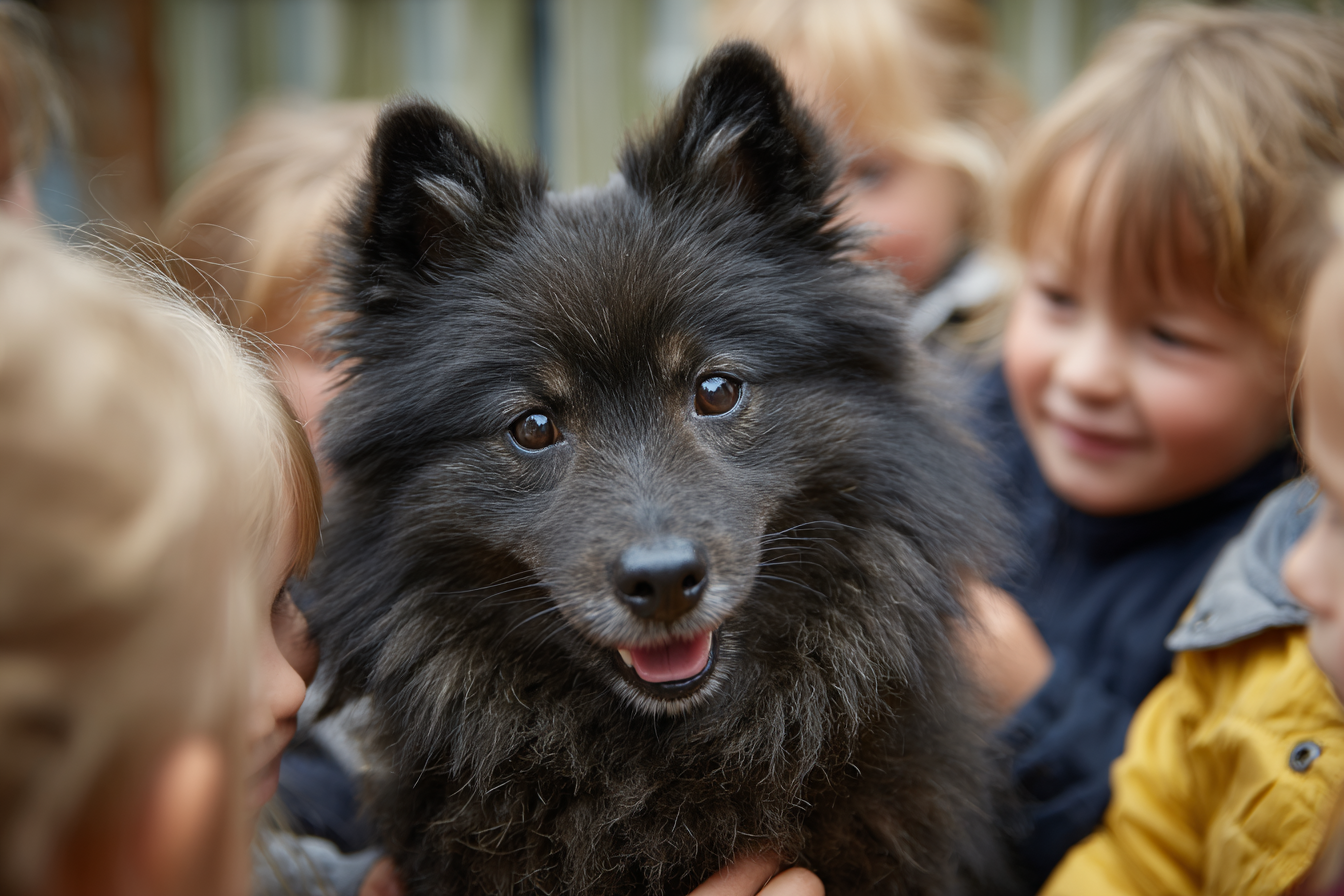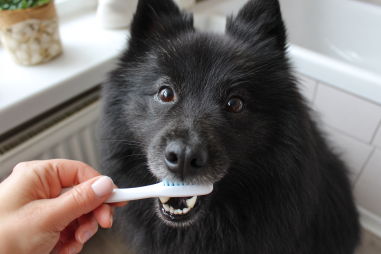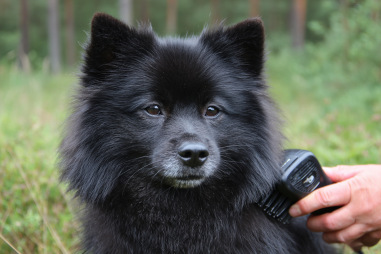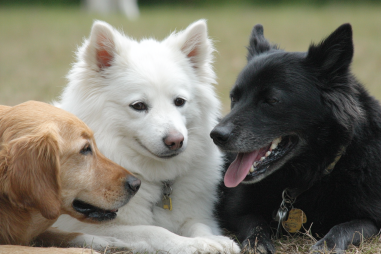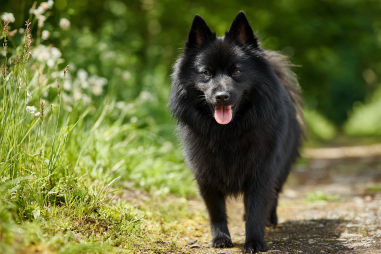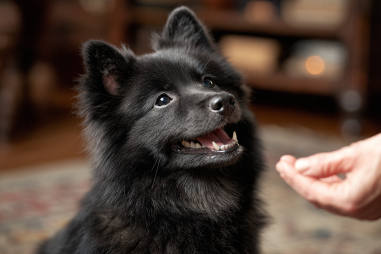Schipperkes are lively, intelligent, and affectionate little dogs that can make fantastic family pets—especially for homes with children. Their curious and spirited nature means they enjoy interaction and playtime, but like any breed, proper training and supervision are essential to ensure they become gentle and well-mannered companions for kids. In this article, we’ll explore how to effectively train your Schipperke to be a kid-friendly member of your family, promoting a safe and enjoyable environment for everyone involved.
Understanding Schipperke Breed Traits Relevant to Children
Before diving into training, it’s important to understand the personality and characteristics of the Schipperke breed. These small dogs are known for their high energy levels, intelligence, and alertness. Originating as Belgian canal barge dogs, they were bred to be watchdogs, which means they tend to be quite vocal and protective of their families.
Schipperkes are loyal and affectionate, but they also have a strong independent streak and can sometimes be stubborn. Their lively and curious demeanor means they love exploring and interacting, but without proper guidance, they may become frustrated or develop unwanted behaviors. Considering these traits will help you tailor your training techniques to nurture positive behavior around children.
In addition, Schipperkes’ size is small, making them less intimidating for kids, but also more delicate. This means teaching children how to approach and handle the dog gently is equally important to protect your furry friend.
Teaching Basic Commands for Safety
Training your Schipperke to obey basic commands is the cornerstone of ensuring safety around children. Commands such as sit, stay, come, and leave it can help prevent many common accidents or misunderstandings.
Start training sessions at a young age, using positive reinforcement like treats, praise, and affection. Keep sessions short and fun to maintain your Schipperke’s interest. Consistency is key, so make sure every family member uses the same commands and rewards system.
Particularly important is teaching your dog the leave it command—this helps prevent the Schipperke from grabbing or biting toys or objects during play that may not be suitable, or stopping unwanted behavior quickly. The come command is equally vital, especially in environments with children, to recall your dog from potential hazards or overly excited play.
Encouraging Gentle Play
Schipperkes are playful and energetic, which is wonderful for children who enjoy an active pet. However, it’s essential to channel this energy into gentle and controlled play to avoid accidental nips or scratches. Using toys designed for dogs, such as balls or rope toys, can help direct playtime into positive experiences.
Teach your Schipperke the difference between playing with toys and inappropriate mouthing or jumping on people. If your dog becomes too excited or starts to nip, calmly interrupt the behavior and redirect their attention to a toy. Reward calm and gentle behavior to reinforce it.
Equally, children should be encouraged to play in ways that do not overstimulate or intimidate the dog. Supervising play sessions, especially with younger children, helps keep interactions safe and enjoyable.
Teaching Children How to Interact with Dogs
Part of training for a kid-friendly dog isn’t just about the dog—it also involves teaching children how to responsibly and respectfully interact with their Schipperke. Children need to learn the basics of dog body language, recognizing signs when the dog may feel overwhelmed, tired, or overstimulated.
Guide kids to:
- Approach the dog calmly and quietly.
- Avoid pulling on ears, tail, or fur.
- Use soft voices and gentle petting.
- Understand when to give the dog space if it retreats or shows discomfort.
- Never disturb the dog while eating or sleeping.
By fostering respectful interactions, children gain confidence and learn valuable lessons about empathy and responsibility, which benefits both the dog and the whole family.
Preventing Common Issues
Despite their affectionate nature, Schipperkes can develop some behaviors that may challenge families with children, such as excessive barking, herding instincts, or territorialism. Being proactive in training and addressing these behaviors early on reduces the risk of problems later.
Here are ways to prevent common issues:
- Barking: Teach the quiet command and avoid encouraging barking through excitement.
- Jumping: Train your dog to greet calmly without jumping on people.
- Resource guarding: Socialize your Schipperke around children and teach them to share toys and space.
- Herding or nipping: Redirect herding behaviors into appropriate play and discourage mouthing through consistent training.
Regular exercise and mental stimulation are also crucial, as boredom can lead to mischievous behavior. Daily walks, puzzle toys, and obedience training sessions will help keep your Schipperke happy and balanced.
Building Trust and Patience
Strong relationships between your Schipperke and children develop over time through consistent interaction, trust, and patience. It’s natural for both the dog and kids to need time to adjust and learn from each other.
Celebrate small achievements when your dog follows commands or plays calmly with children, and gently guide everyone through learning moments with understanding. Encouraging positive experiences together builds a deep bond that enriches family life.
Patience is vital, especially when children are very young or when your Schipperke is a new addition. Supervising all interactions while gradually allowing more independent play and interaction will help everyone gain confidence and enjoy the companionship fully.
Welcoming a Well-Trained Schipperke into Your Family
Training your Schipperke to be a kid-friendly family member combines understanding the breed, teaching essential commands, fostering gentle play, educating children on safe interaction, and addressing potential issues early. With commitment and love, your Schipperke will thrive as a loyal, playful, and well-behaved companion who enriches your children’s lives.
Remember that every dog is unique, and some may take more time and effort to adjust, but the rewards of a harmonious relationship between your Schipperke and children are well worth the investment. Enjoy the journey of growing your family with your spirited and affectionate Schipperke by your side!

